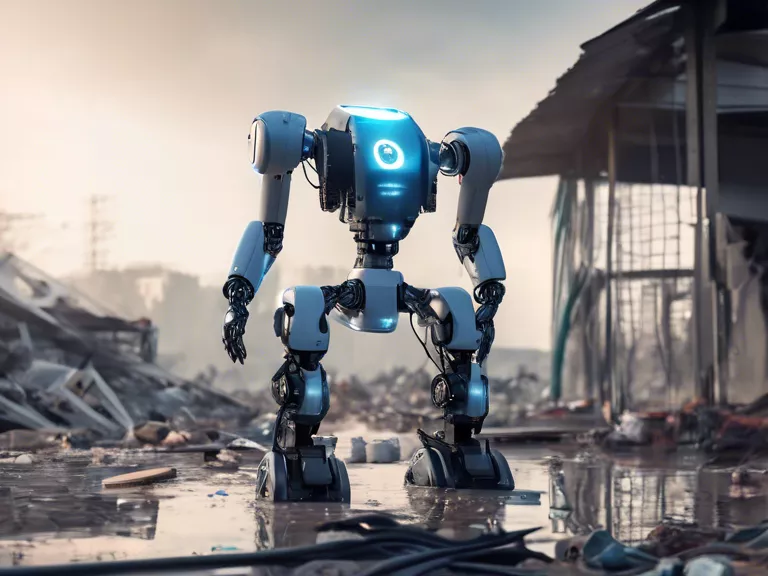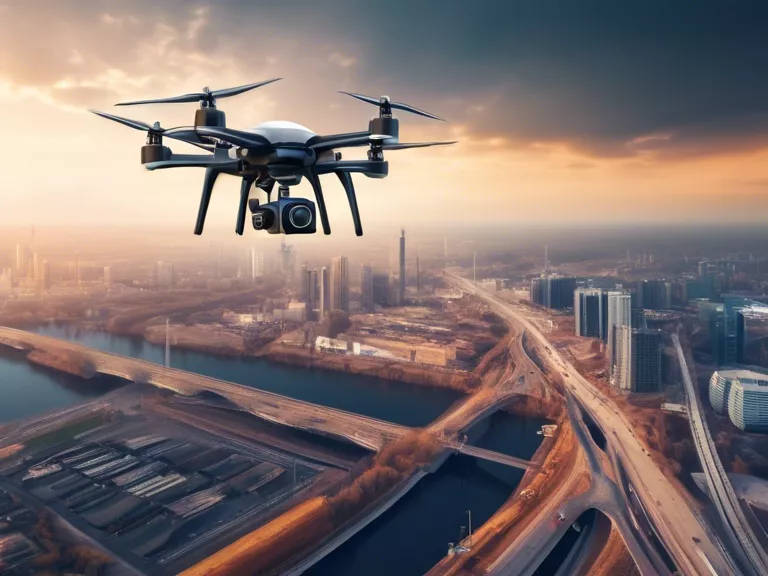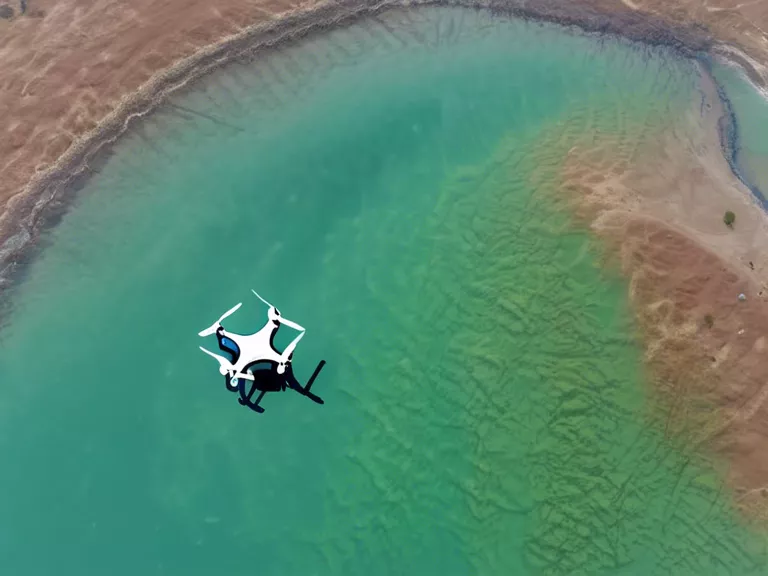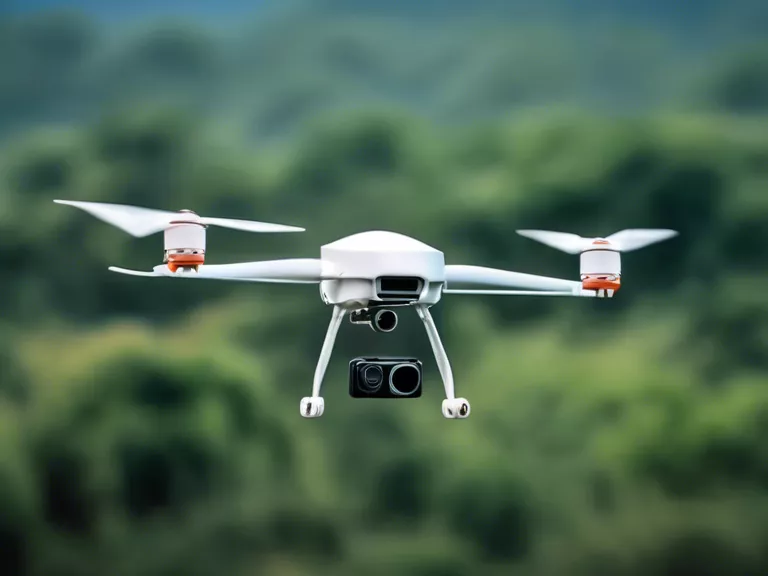
With the advancements in artificial intelligence (AI) and robotics, disaster response and recovery efforts are undergoing a significant revolution. AI-driven robots are now playing a crucial role in various stages of disaster management, from preparedness to post-disaster recovery. These intelligent machines are capable of performing tasks that are dangerous or time-consuming for humans, thus enhancing the overall efficiency of disaster relief operations.
During the preparedness phase, AI-powered robots are used for risk assessment and planning. They can analyze vast amounts of data to identify high-risk areas, predict potential hazards, and create evacuation plans. This data-driven approach enables authorities to make informed decisions and allocate resources effectively before a disaster strikes.
In the response phase, AI-driven robots are deployed for search and rescue operations in hazardous environments. Equipped with sensors, cameras, and other advanced technologies, these robots can navigate through debris, detect survivors, and provide crucial information to rescue teams. They can access areas that are inaccessible to humans, increasing the chances of finding survivors and saving lives.
Furthermore, AI-driven robots play a crucial role in the recovery phase by assisting in debris removal, infrastructure assessment, and rebuilding efforts. These robots can quickly assess structural damage, map affected areas, and assist in rebuilding infrastructure. Their efficiency and precision help expedite the recovery process, allowing communities to rebuild and recover more quickly.
Overall, AI-driven robots are transforming disaster response and recovery efforts by providing invaluable support to emergency responders and helping save lives. As technology continues to evolve, these intelligent machines will undoubtedly play an even more significant role in mitigating the impact of disasters and building more resilient communities.



